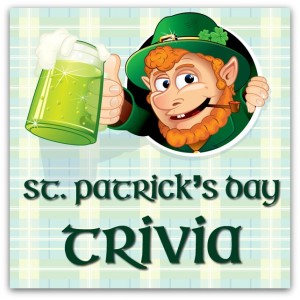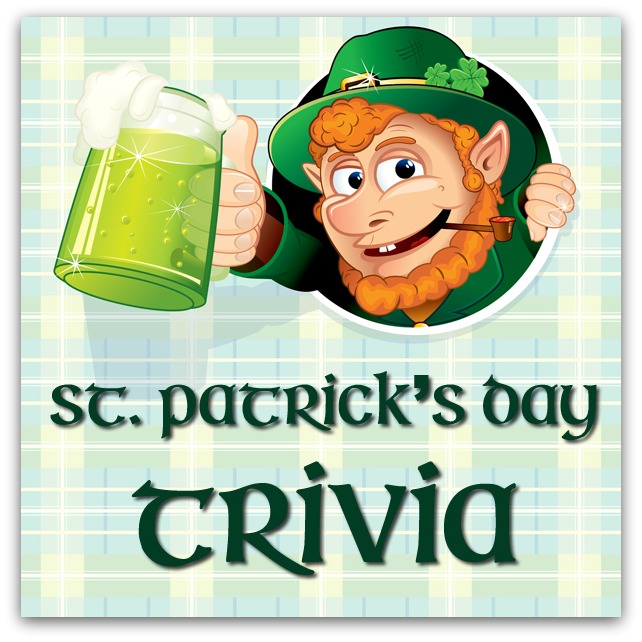How much do you know about the history of St. Patrick’s Day traditions? Here’s some St. Patrick’s Day trivia to pass on to your friends today.
 Green is the color of St. Patrick’s Day.
Green is the color of St. Patrick’s Day.
False. Green is everywhere today—hope you wore some today and didn’t get pinched. But while green is the color most associated with Ireland (it is the “Emerald Isle”) after all, it’s not St. Patrick’s color. Members of the Order of St. Patrick actually used blue as their symbolic color. The shade: St. Patrick’s blue.
St. Patrick’s Day is traditionally a party-hearty holiday.
False. The truth lies right there in the name: Saint Patrick’s Day. It’s a feast day for a Catholic saint, best known for converting native Irish to Christianity. Until the 1700s, it was a day in the Catholic calendar in observance of a saint important to and popular in Ireland…and not much anywhere else. And even in Ireland, Catholics honored St. Patrick with prayer and quiet reflection. St. Patrick’s Day as we know it in American today started in America in the late 19th and early 20th century, when the large numbers of newly arrived Irish immigrants began using the day as a way to celebrate their Irish heritage.
A corned beef dinner on St. Patrick’s Day is an old Irish favorite.
False. Up until the 20th century, pork was much cheaper to raise, and of course eat, for the average family in Ireland. Corned beef is historically unheard of in Ireland (although salt-cured beef was an occasional meal). Like the holiday’s modern celebration, eating corned beef started in the late 19th century. Irish immigrants bought corned beef from Jewish delis in New York city instead of the more common (in Ireland) St. Patrick’s Day meat of cured pork (ham, bacon).
St. Patrick was Irish.
False. At least not by birth he wasn’t. Patrick’s parents were citizens of Rome, who lived in modern-day Scotland (or possibly Wales—it’s disputed by historians). At the age of 16, he was kidnapped by pirates, sold into slavery, and wound up in Ireland.
March 17th is St. Patrick’s birthday.
False. A saint’s feast day marks the day that they died…not the day that they were born. St. Patrick’s Day 2014 marks the 1,553rd anniversary of St. Patrick’s death.








